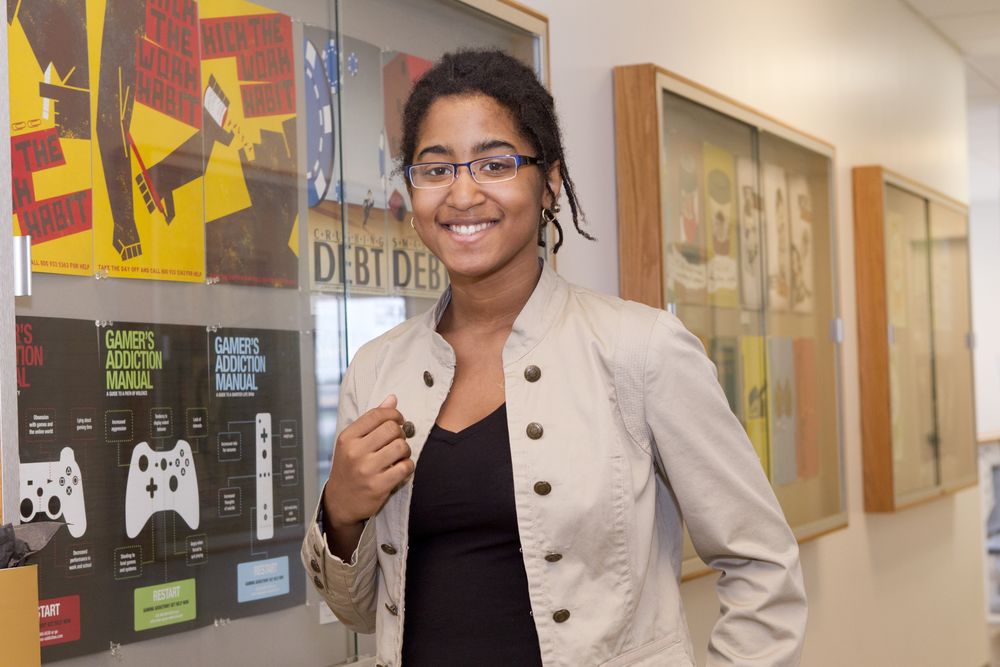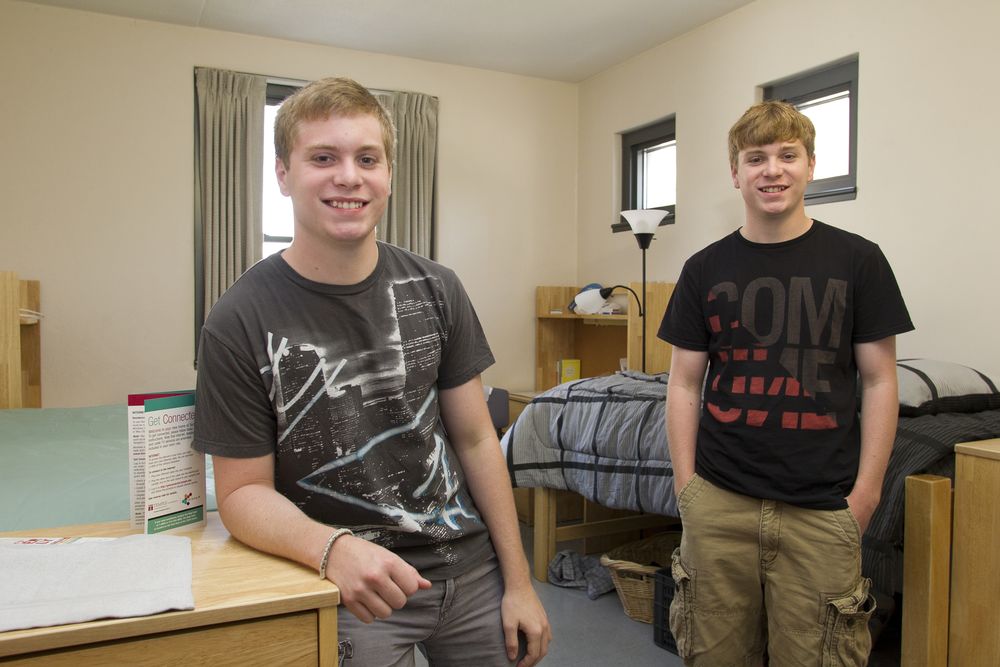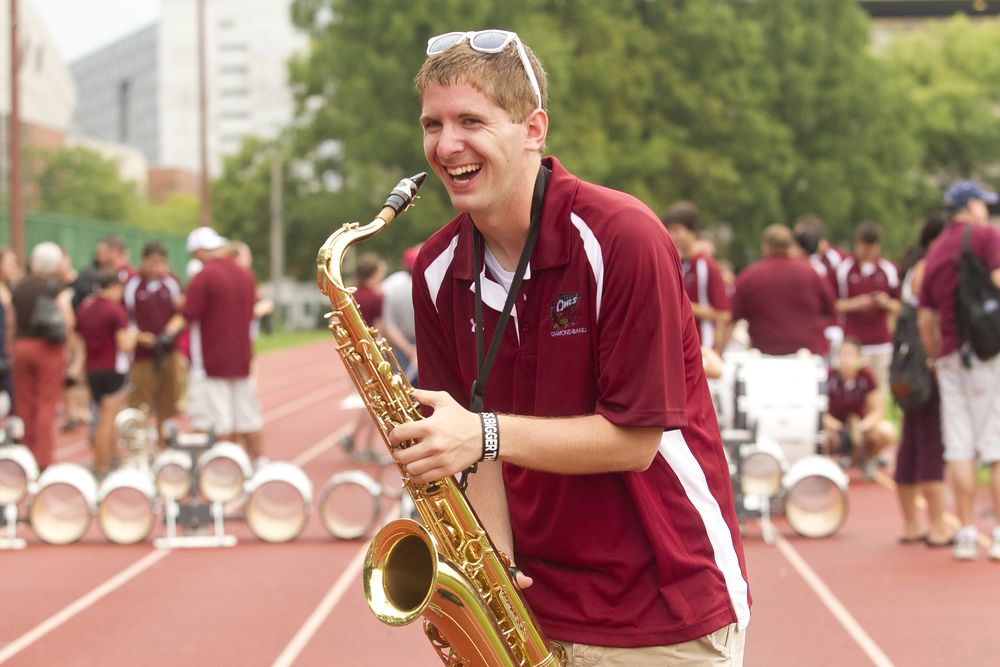New students arrive in near-record numbers
When the tail lights of the last parent to drop off a new student at Temple faded from sight on Aug. 25, left behind was likely one of the largest and most well-qualified cohorts of freshmen and new transfers in the university's history, closing a busy admissions season marked by a spike in admissions and record numbers of visitors.
Temple's Office of Undergraduate Admissions estimates that about 7,000 new students will enroll for the 2011-12 academic year, including approximately 4,300 freshmen and 2,700 transfer students.
The frenetic pace of Welcome Week — capped by new student Convocation, Fresh Serve and a post-hurricane concert at the Liacouras Center — was a fitting conclusion to Temple's liveliest annual admissions cycle. Undergraduate applications rose sharply, up 9 percent from Fall 2010, a surge fueled by a 10 percent increase in completed freshman applications (transfer applications were up 4 percent). Prospective students and their families swarmed the Welcome Center throughout the year. Temple officials reported an all-time high of more than 38,000 admissions-related visitors in 2010, a staggering 40 percent increase since 2006.
For many new students, those campus visits were the clincher. Kufere Laing, a freshman from Pittsburgh who plans to major in economics and African-American studies, had no intention of applying to Temple or any other college in Pennsylvania until his father insisted on a Philadelphia college tour.
"The moment I stepped on campus, Temple instantly became a place I could see myself," Laing said. "I liked the campus, I liked Philadelphia. I felt comfortable. My dad and I were surprised by the diversity. But it was more than that. There were people of all different kinds walking around in groups and talking — it was clear that learning wasn't just going on in the classroom."
About 26 percent of Temple freshmen and transfers identified themselves as students of color. Temple has adopted the federal government's new method of surveying race and ethnicity, which more accurately captures the true diversity of Temple's new students; many new students self-identified as belonging to more than one ethnic group — a new option. Under the new method for recording ethnicity, Temple is experiencing the same trend in the increase in students identifying themselves as Latino as found at other institutions under the new federal policy. The number of new students who self-identify in some way as Latino has risen; about 41 percent more Latino freshmen and 25 percent more Latino transfers are expected to enroll as compared to last year.
As expected, the number of freshmen from Pennsylvania increased compared to last year as many families sought to take advantage of Temple's unique combination of academic excellence, affordability and urban location. About 3,300 freshmen from 49 different counties in Pennsylvania are projected to enroll, up 6 percent from Fall 2010. Undergraduate Admissions noted that Fall 2011 enrollment is also projected to rise among students from Massachusetts, Maryland, New Jersey and other states where residents pay higher out-of-state tuition rates — a powerful indicator of Temple's appeal, given the economy's prolonged sluggishness.
Although value played a role in many students' decisions, Temple's academic reputation often was the deciding factor. Grant Lindeman, a freshman from Holbrook, N.Y., was attracted by the Boyer College of Music and Dance's renowned music therapy program after a professional music therapist he met in New York State told him that "Temple's the best." Freshmen Evan and Erik Barnes, twins from Lansdale, Pa., decided to enroll in the Fox School of Business Honors Program after learning about Fox's "prestigious" international business programs. Maya Ferguson, a freshman from Coatesville, Pa., applied to 14 different schools — and was accepted at all of them — but ultimately chose Temple's Tyler School of Art over New York University, St. Lawrence, the Pratt Institute and all the rest. Ferguson, who is enrolled in Temple's Honor's program, acknowledged that Temple's in-state tuition helped. But Temple's academic strength, international focus, variety of programs and state-of-the-art facilities sealed the deal.
"Tyler is well known; it has a good reputation," she said. "A plus factor is Temple's study abroad program, because I've been dreaming about going to Japan ever since I was a little kid. Also, Temple is more than just an art school — it has more options. You need to have a versatile resume and a global outlook. And with Tyler having a new facility, Temple was really appealing."


